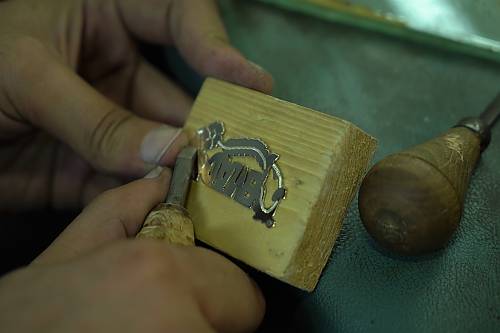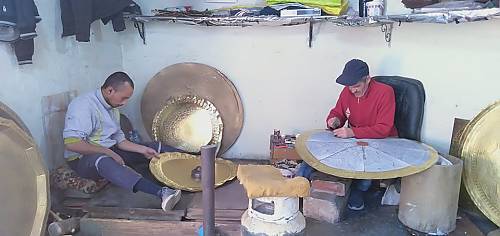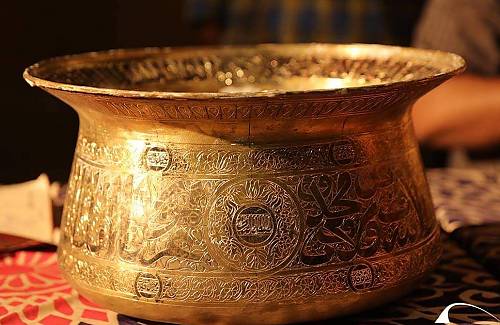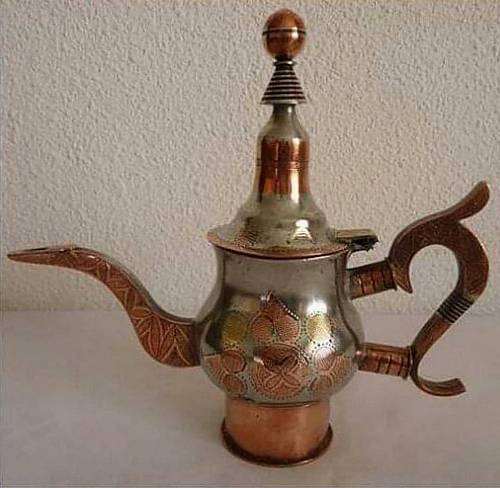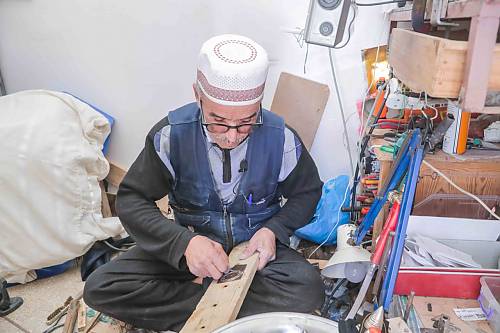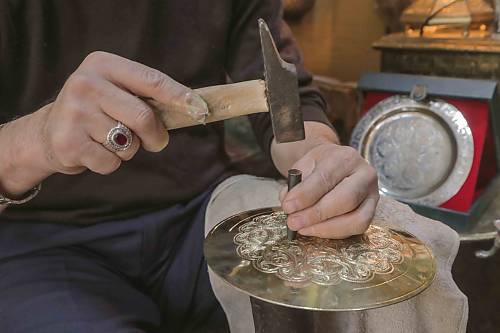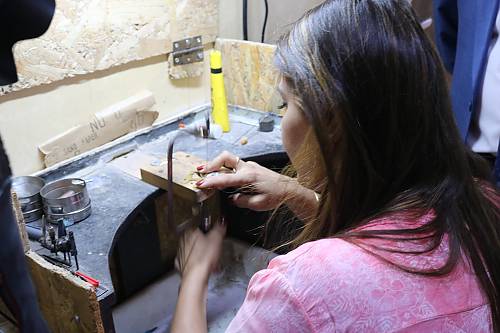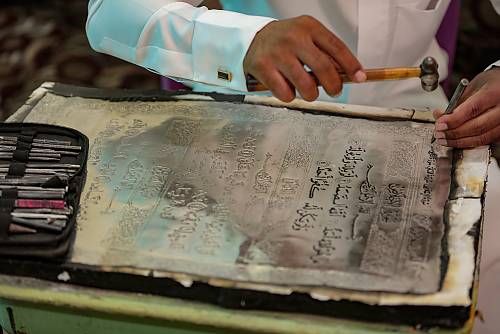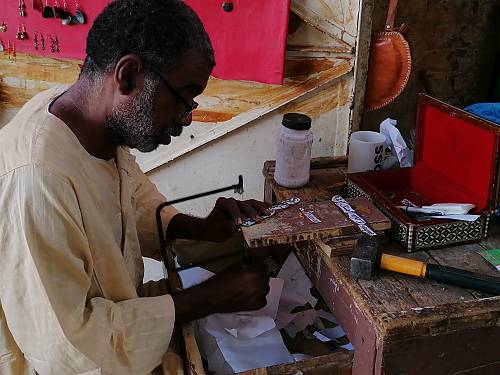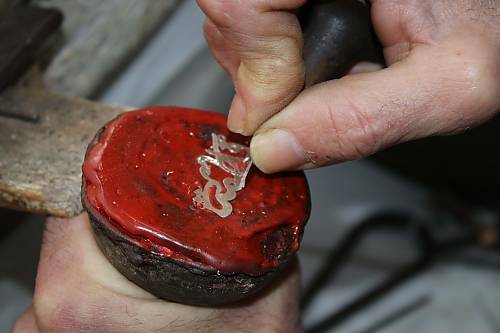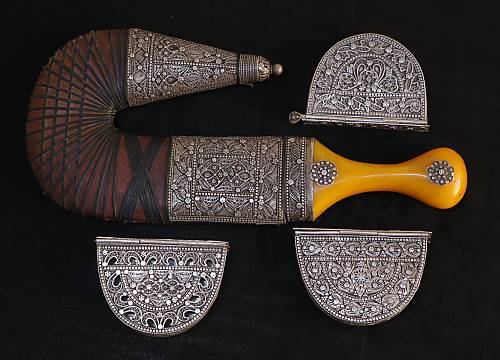Arts, skills and practices associated with engraving on metals (gold, silver and copper)
Iraq, Algeria, Egypt, Mauritania, Morocco, State of Palestine, Saudi Arabia, Sudan, Tunisia and Yemen
Inscribed in 2023 (18.COM) on the Representative List of the Intangible Cultural Heritage of Humanity

Engraving on metals such as gold, silver and copper is a centuries-old practice that entails manually cutting words, symbols or patterns into the surfaces of decorative, utilitarian, religious or ceremonial objects. The craftsperson uses different tools to manually cut symbols, names, Quran verses, prayers and geometric patterns into the objects. Engravings can be concave (recessed) or convex (elevated), or the result of a combination of different types of metals, such as gold and silver. Their social and symbolic meanings and functions vary according to the communities concerned. Engraved objects, such as jewelry or household objects, are often presented as traditional gifts for weddings or used in religious rituals and alternative medicine. For instance, certain types of metals are believed to have healing properties. Engraving on metals is transmitted within families, through observation and hands-on practice. It is also transmitted through workshops organized by training centres, organizations and universities, among others. Publications, cultural events and social media further contribute to the transmission of the related knowledge and skills. Practised by people of all ages and genders, metal engraving and the use of engraved objects are means of expressing the cultural, religious and geographical identity and the socioeconomic status of the communities concerned.

